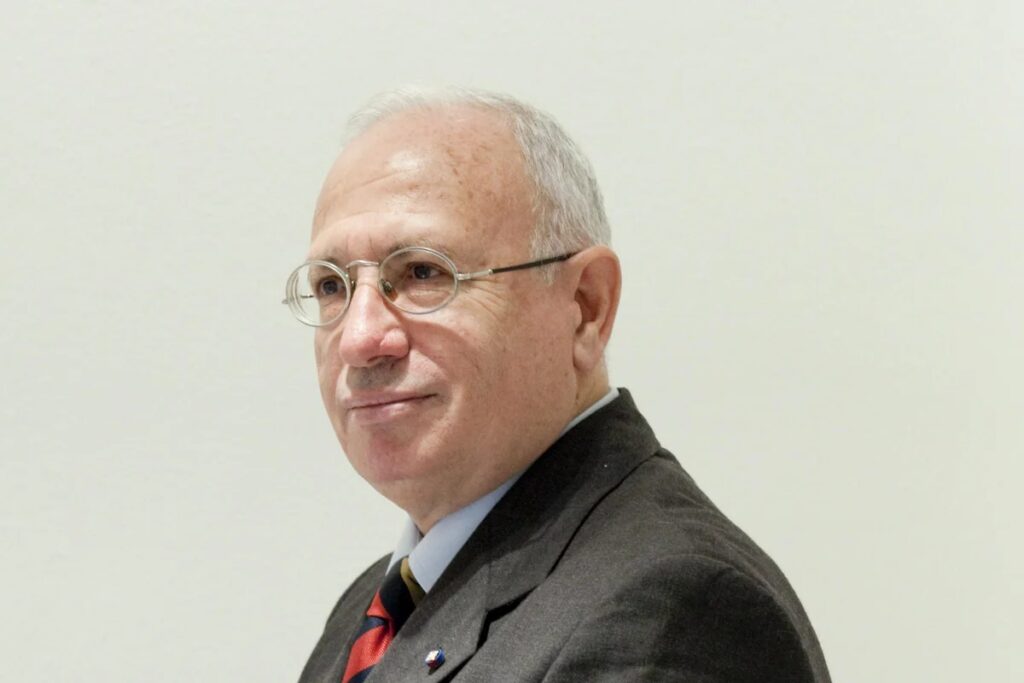Author: Fabio Mini – 05/03/2023
Gen. Fabio Mini*: How to resolve the conflict in Ukraine and establish lasting security in Europe
Five principles and ten action plans could help to reflect and activate hope.
Foreword: The solution initiative must start with an agreement between the de facto warring parties: the United States and Russia bilaterally or within the UN Security Council. Without their agreement on certain principles every other initiative would be useless:
1) Reaffirm the rights of peoples to self-determination, to respect for their identities, freedoms, ideas, faiths and property.
2) Ukraine is entitled to the restoration of its territorial sovereignty with full respect for the will of its citizens, including those of entities claiming independence or autonomy, as well as the protection of the rights of minorities of all kinds.
3) The solution to the conflict must make it possible to establish a new security structure in Europe that does not rely exclusively on armed threats and that tends towards the removal of all causes and pretexts for territorial conflicts.
4) The plurinational institutions and alliances present in Europe must respect and reaffirm their commitments and standards regarding geographical extension and modes of action.
5) There is a need for an international reconstruction fund for conflict-affected areas in Europe that not only looks after the interests of the ‘donors’ but also those of the assisted.
Note: For the discussion and approval of these principles, the ceasefire in Ukraine is desirable but not binding, nor are territorial gains or losses occurred during the conflict.
Instead, concrete and binding actions must result from agreement on these principles:
1. The cessation of all Western military and financial aid to Ukraine and Russian aid to the annexed republics
2. The suspension of all military actions on Ukrainian territory and the withdrawal of Russian and Ukrainian troops from a demilitarised security zone straddling the Dniepr river of a size to be agreed between the parties under the control of the OSCE (responsible for security and cooperation in Europe).
3. The status of the self-proclaimed/annexed republics of Donetsk, Luhansk, Zaporizha, Kherson and Crimea must be determined by popular referendum under international control (with a possible UN or OSCE military guarantee mission). The options to be submitted for consultation are: Independence, Autonomous Region of Ukraine or Republic of the Russian Federation.
4.Granting Neutrality Status (possibly armed for self-defence) to Ukraine and the regions subject to referendum, regardless of the outcome, under the joint guarantee of the US and Russia.
5.Possibility of other European states accessing guaranteed Neutrality (e.g. Belarus, Moldova, Georgia, etc.).
6. Russia-Ukraine agreement for military bases in the Black Sea and Russia-USA-NATO agreement for those in the Baltic.
7. Exclusion from NATO membership of states hostile to each other or to Russia or NATO itself, until this attitude ceases.
8. Neutral states’ access to the EU while maintaining their status.
9 Resumption of strategic, tactical and conventional arms limitation agreements in Europe and mutual trust measures between the US and Russia.
10. Lifting of economic and financial sanctions issued by the US, EU, NATO and Russia since 2004.
This is a seemingly complex, but not impossible process that allows for a wide range of modulations and can in any case lead to a more serene and lasting configuration of European security. It carries with it one reason for regret and one for scepticism: the measures indicated, in full or in part, could have been implemented well before a year ago, avoiding death and destruction; today, after the first year, European and ‘Atlantic’ politicians and bureaucrats seem to have no intention of considering even one of the measures indicated. Perhaps they are waiting for the second, the third …

*Gen. Fabio Mini Italian Army, former Chief of staff of NATO Southern Europe HQ ( JFC Naples) and Kfor Commander.
From IL FATTO 25/02/2023
